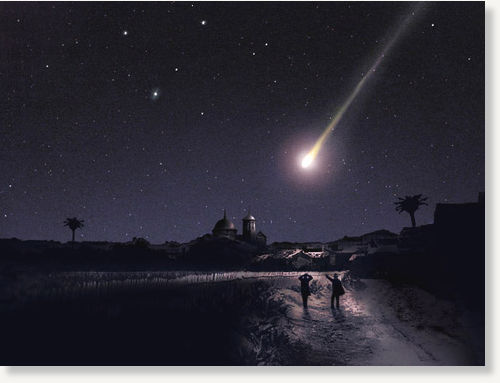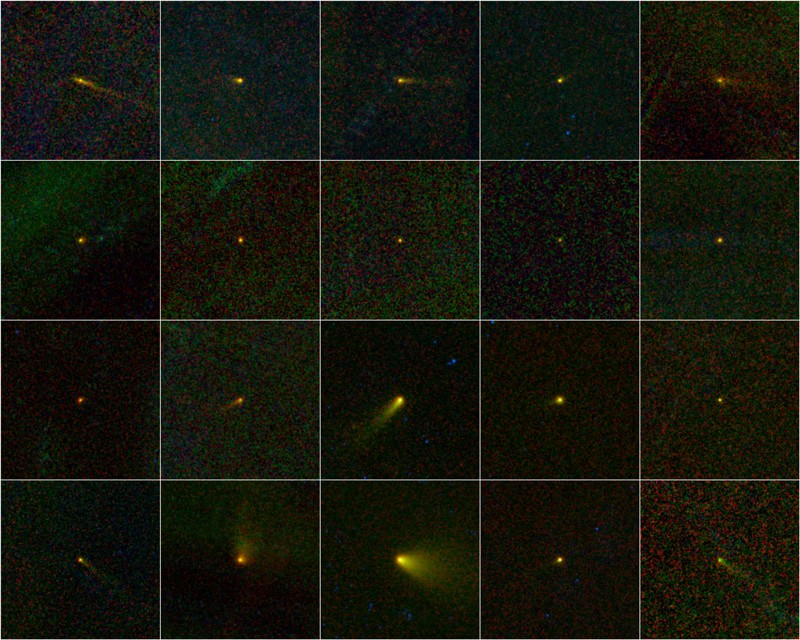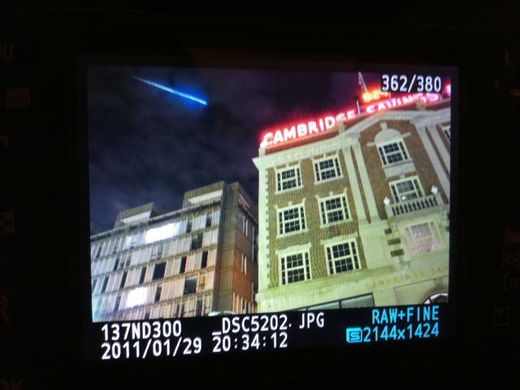
© Unknown
Over the next few weeks the
Taurid stream, a procession of vast cosmic rubble and dust that snakes around the Sun and out towards Jupiter, will swing through Earth's orbit for the first of its bi-annual crossings.
Within the stream are probably thousands of bodies including asteroids, mountain-and island-sized boulders, smaller meteoroids, Encke's Comet and assorted fragments of celestial refuse.
The exact number, size and location of objects, however, remains a mystery and according to Dr. Mark Bailey, research Fellow in astronomy at Manchester University, it is likely that for every object which is confirmed, there are nine others that have so far eluded detection.
All that is certain is that the rubble, believed by some astronomers to have been formed by a collision in the asteroid belt of a defunct comet which was captured by the solar system up to 30,000 thousand years ago, will bisect Earth's orbit in late June and again in November.
According to astronomers such as Dr. Victor Clube, of Oxford University's Department of Astrophysics, the coming and goings of the Taurid stream should be a source of concern to politicians, planners and anyone who cherishes life on Earth.


Comment: Alternatively, could this be what manufactured the the record-breaking snow storm?
The image is fascinating, but the commentary on this video is rather uninformed, to be as polite as possible.